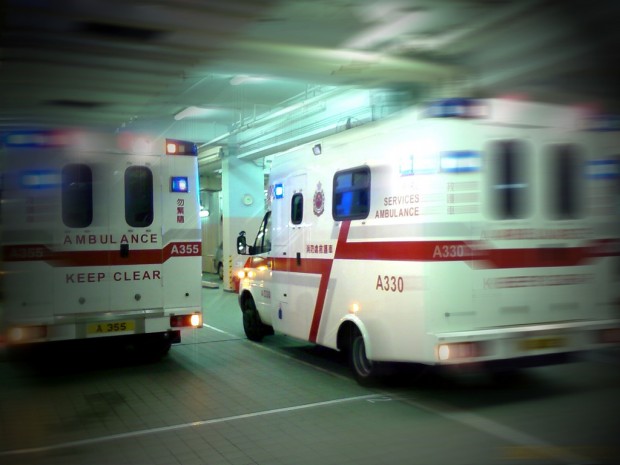During a heart attack time is muscle. The faster the blockage can be opened, the more likely it is that permanent heart damage can be reduced or avoided. KQED's Quest reports on a national campaign to reduce the amount of time it takes for a patient to get from the door of the hospital to the operating table.
Minutes are shaved off at every step of a patient's transport. Paramedics diagnose heart attacks in the field. They alert the hospital which puts a cardiac team on standby. Then when paramedics arrive at the hospital, they bypass the emergency department and go straight to a catheterization lab where doctors can start working to open blocked vessels right away.
As Quest reports:
At John Muir Medical Center in Concord, door-to-balloon time is usually under an hour, compared to the campaign’s national target of 90 minutes, said nurse Pam Lavering, coordinator for the hospital’s chest pain centers in Concord and Walnut Creek. In 2007, the hospital’s Concord campus averaged 94-minute door-to-balloon times. In the first quarter of 2012, the average was 48 minutes, said Lavering.
In a study published last year, researchers analyzed 900 hospitals across the country and found those hospitals reduced their times from a median of 96 minutes in 2006 to 64 minutes in 2010. Significantly, in 2005, the groups with the worst times were in African Americans and women. Those two groups had the biggest declines in times.
We hear a lot about coordination of care in medicine. These kinds of targeted improvements across all levels of treatment show how care can be improved.
